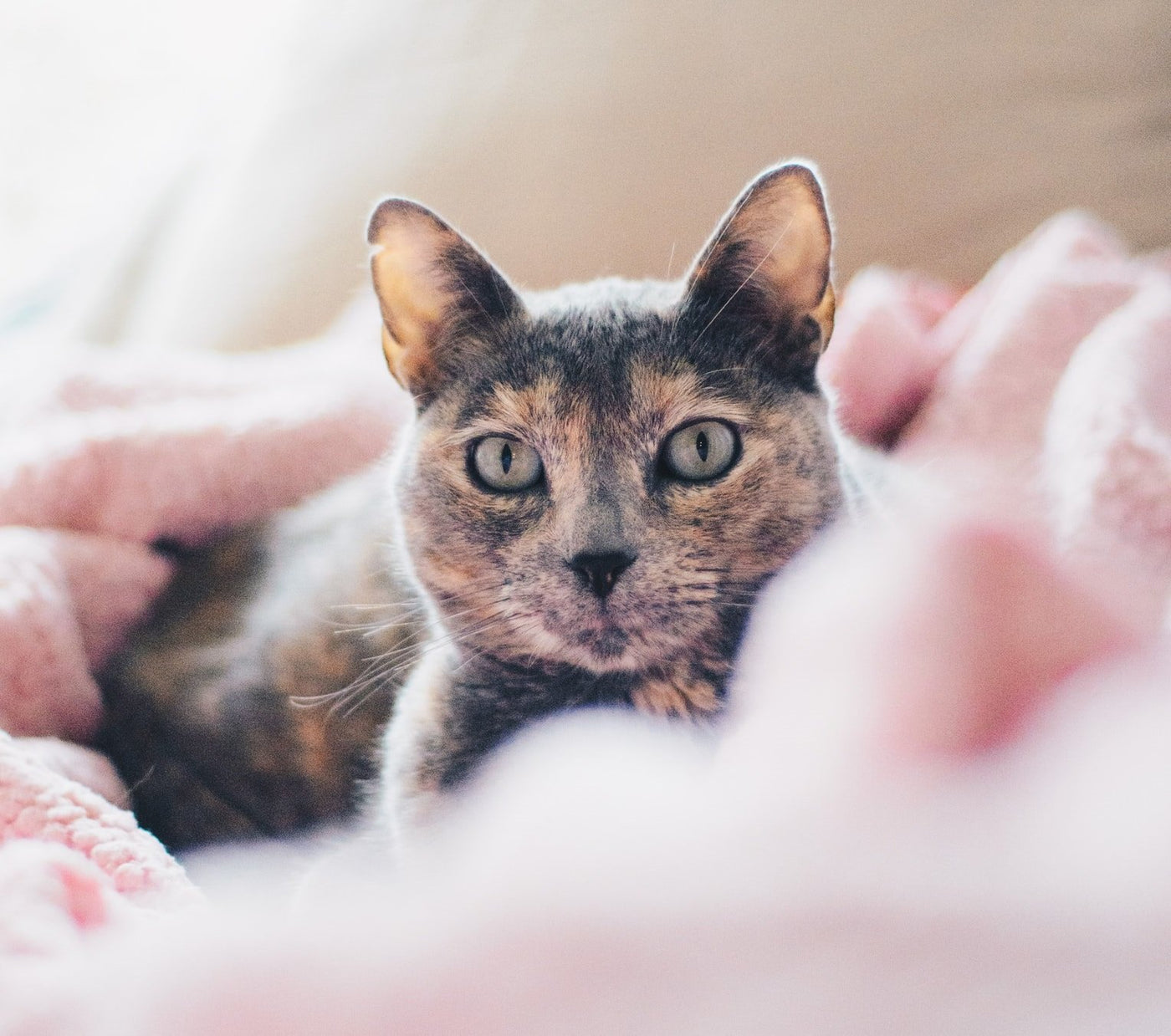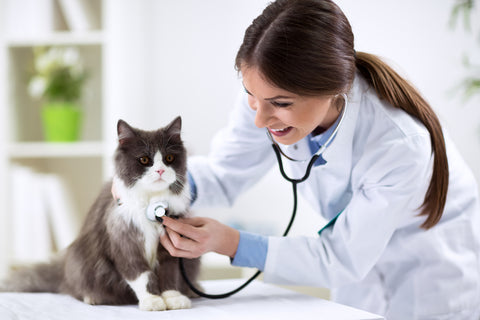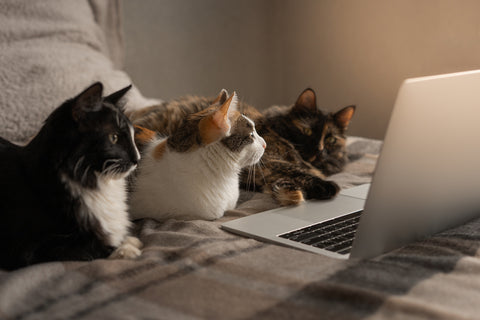
Unlike dogs, most cats do not have purebred ancestors. However, every cat shares more ancestors with some cat breeds than others. In order to serve all cats regardless of their pedigree, Basepaws developed a Breed Index (or Breed Report) that can be used by any domestic or purebred cat.
How is the Breed Index calculated?
After Basepaws sequences your cat’s DNA, we compare your cat’s genome to other cats that have been sequenced. For all the thousands of locations along your cat’s DNA that can be similar or different in other cats, we record how many similarities your cat shares with different purebred cats. Then we use this value to determine how similar your cat’s DNA is to each breed in our database.
Cats of the same breed look similar and they generally share more DNA with each other than with other cats. However, within each cat breed, there can still exist a lot of variation (physically and genetically). If a single cat breed has a wide variety of DNA sequences, it is harder for us to predict how similar your cat is to the overall breed. The width of your cat’s Breed Index reflects the variability of each breed – the wider the Index, the less sure we are about this prediction.
How can I interpret the Breed Index?
Cat breeds that have been compared to your cat are listed in order of best match. Your report will show you the highest-matching breed groups, and subsequently, the relevant breeds within these groups. For more information about the current breed groups and breeds refer to our blog about the newest breed report iteration. The ranking matches are established in relation to other domestic cats in our database.
This means that when your cat has more DNA in common with a breed, it indicates that your cat probably shares recent ancestors with cats of that breed (compared to an average cat in our database). This could happen if your cat belongs to that breed, if your cat’s family tree contains that breed, or if your cat has ancestors that gave rise to that breed.
Your cat’s results could include
1. Multiple matches
Does your cat match with more than one breed? This could indicate that your cat’s parents (and/or their parents) were different breeds. Your cat will also have multiple matches when one breed is related to another. For example, if your cat is a purebred Bengal, then there is a good chance that it will also be highly related to the Egyptian Mau. This is because Egyptian Maus were originally bred with the Asian leopard cat to create the Bengal breed. Finally, the most likely reason for multiple matches could be that your cat shares many ancestors with a few different breeds.
2. No matches
Not all Basepaws cats have good breed matches yet. If your cat does not match with any of the breeds, we will notify you when the next breed report update is available. The next reports will continue to include more breeds and your cat’s report will continue to grow and improve with time.
3. Unexpected matches
Does your cat look nothing like your cat’s best match? The Breed Index measures overall DNA similarity, and your cat’s appearance, health and personality are heavily influenced by many different genetic and environmental factors. Learn more about this here.
If your cat is a pedigreed purebred that does not match with its breed on our report, please let us know!
*Our test cannot currently be used to register your cat as a purebred. However, if your cat has the trademark characteristics and genetics of the breed, you might refer to your cat as a “mix”.
**Disclaimer: The Basepaws Breed Index is not a breed test, and can not tell exactly what breed your cat is. Basepaws is continuing to expand and evolve our tests, and as more cats are added to our database, we will have more accuracy in all our reports. Our current results should not be used to treat or diagnose disease.



